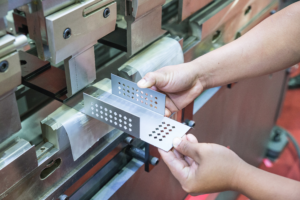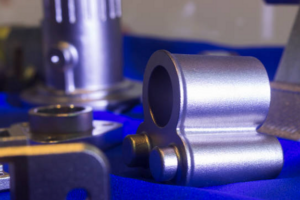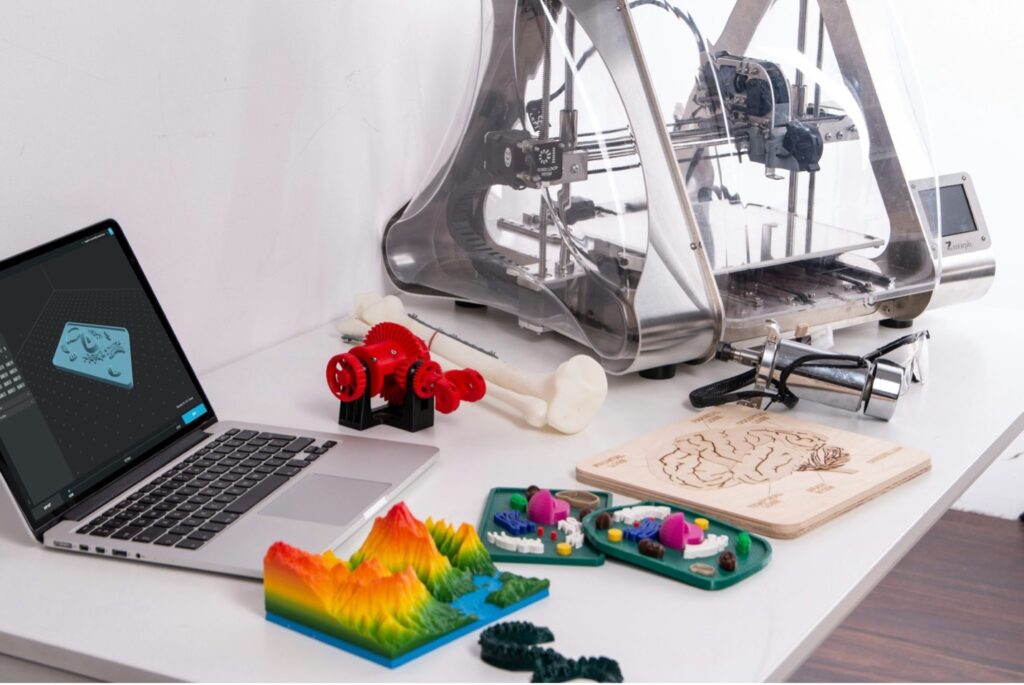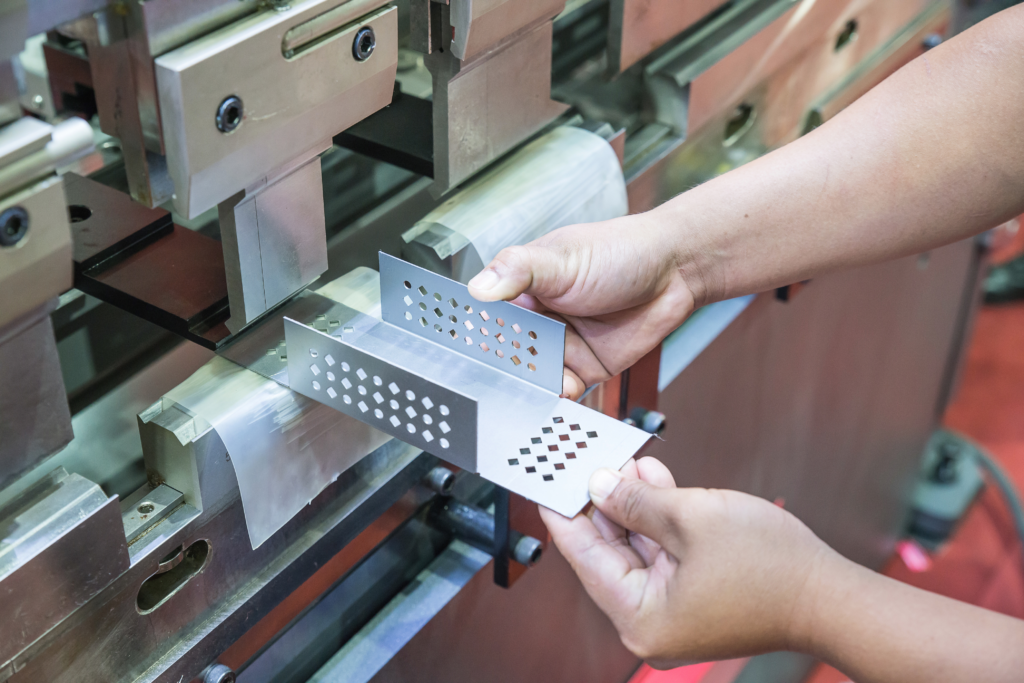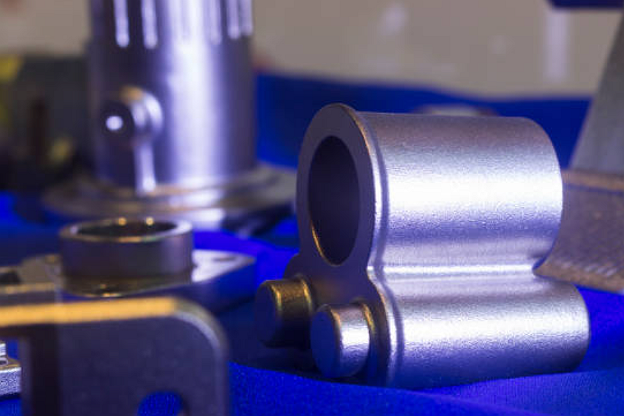Sheet Metal Processing Materials: Characteristics, Applications, and Innovations
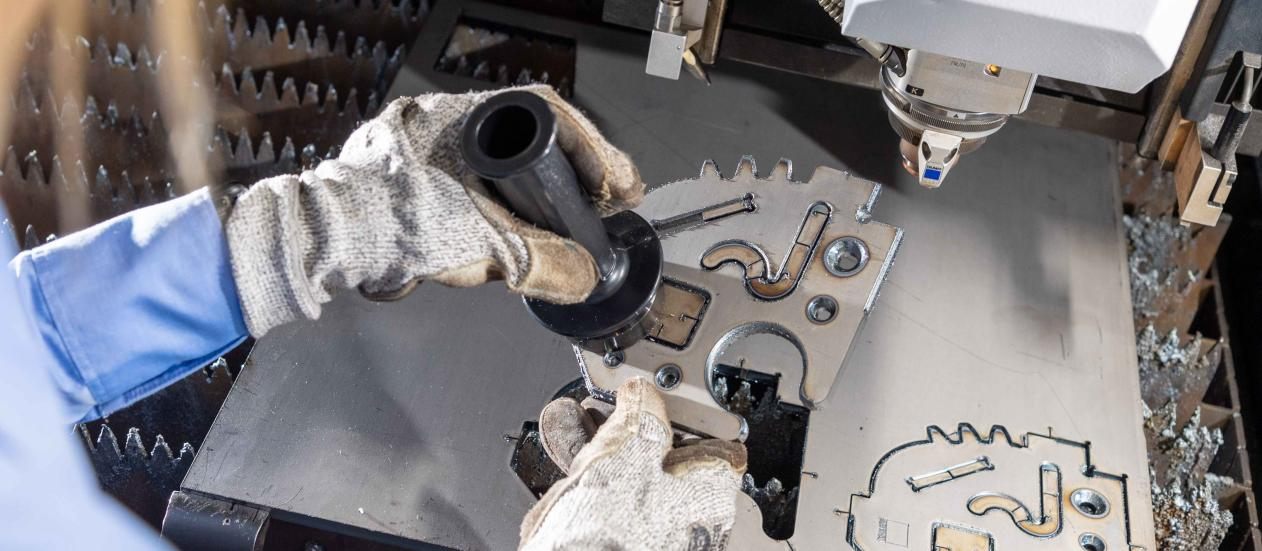
Sheet metal processing is a vital part of modern manufacturing, and the choice of materials plays a decisive role in the quality and performance of the final products. TOP Prototype, a distinguished company in this domain, has in – depth knowledge and extensive experience in handling sheet metal processing materials.
This article will explore various aspects of these materials, highlighting their significance and the role of TOP Prototype. TOP Prototype’s experts are well – versed in the properties of materials like steel, aluminum, and copper.
They carefully select and process materials based on different project requirements, ensuring the optimal use of each material’s unique characteristics to achieve high – quality sheet metal products. Their work spans from automotive to aerospace and electronics industries, making them a key player in the sheet metal material selection and processing field.
Ⅰ. Introduction to Sheet Metal Processing Materials
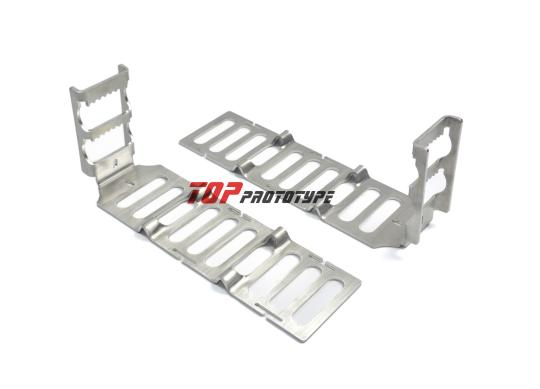
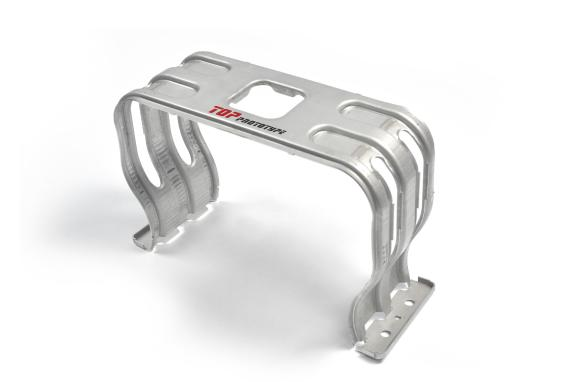
Sheet metal materials typically include metals such as steel, aluminum, copper, and their alloys. These materials are processed into thin sheets with specific thicknesses for different applications. The selection of materials depends on multiple factors, including the required strength, durability, formability, and cost.
For example, steel is known for its high strength and is widely used in applications that require structural integrity, such as in the automotive and construction industries. Aluminum, on the other hand, is favored for its lightweight nature and good corrosion resistance, making it suitable for aerospace and some consumer products.
Ⅱ. Characteristics of Common Sheet Metal Materials
- Steel
Steel sheet metal comes in various grades, such as carbon steel and stainless steel. Carbon steel offers excellent strength and is relatively inexpensive. It can be further classified into low – carbon, medium – carbon, and high – carbon steels.
Low – carbon steel is easy to form and is commonly used in applications where complex shapes are required, like in some household appliances. Stainless steel, however, contains chromium and other alloying elements, providing outstanding corrosion resistance.
It is widely used in food processing equipment, medical devices, and environments with high humidity or chemical exposure. TOP Prototype has extensive experience in handling different grades of steel for sheet metal processing. They have developed advanced techniques to optimize the cutting, bending, and welding of steel sheets to meet the specific requirements of their clients in various industries.
- Aluminum
Aluminum sheet metal has a low density, which makes it an ideal choice for reducing weight in products. It also has good thermal and electrical conductivity. Pure aluminum is soft and highly malleable, but alloying it with elements like magnesium, silicon, or copper can enhance its strength.
For instance, in the aerospace industry, aluminum – lithium alloys are used to make aircraft components because of their high strength – to – weight ratio.
TOP Prototype has been involved in numerous aerospace projects, utilizing its expertise in aluminum sheet metal processing to produce high – quality parts that meet the stringent requirements of the industry. Their precision in forming and joining aluminum sheets has contributed to the success of these projects.
- Copper
Copper sheet metal is renowned for its excellent electrical conductivity, making it indispensable in the electrical and electronics industries. It also has good thermal conductivity and corrosion resistance.
Copper can be easily formed into various shapes, and its unique aesthetic properties make it suitable for decorative applications as well. In addition to pure copper, there are also copper alloys like brass (copper – zinc alloy) and bronze (copper – tin alloy), which offer different mechanical and physical properties.
TOP Prototype has worked on projects where copper sheet metal was used for heat exchangers and electrical connectors, applying their advanced processing techniques to ensure the quality and performance of these components.
Ⅲ. Applications of Sheet Metal Materials in Different Industries
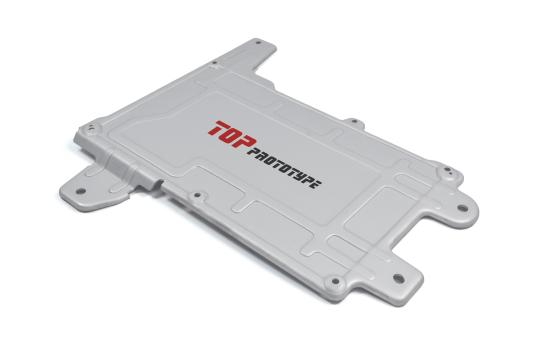
- Automotive Industry
In the automotive sector, a combination of sheet metal materials is used. The body of a car may consist of steel sheets for structural support and aluminum sheets for parts that need to be lightweight, such as the hood and doors. The use of different materials helps in achieving a balance between strength and fuel efficiency.
TOP Prototype has collaborated with automotive manufacturers to develop innovative sheet metal solutions. They have contributed to the design and production of prototypes for new car models, ensuring that the sheet metal components meet the requirements of crash safety, durability, and aesthetic appeal.
- Aerospace Industry
As mentioned earlier, the aerospace industry heavily relies on lightweight and high – strength materials. Aluminum and titanium alloys are the mainstay of sheet metal in this field. The complex shapes of aircraft components, such as wings and fuselage sections, are fabricated from these materials.
TOP Prototype’s advanced sheet metal processing capabilities have enabled them to produce components with tight tolerances and high – quality finishes for aerospace applications. Their involvement in projects has helped in improving the overall performance and reliability of aircraft.
- Electronics Industry
The electronics industry demands sheet metal materials with good electrical conductivity and the ability to be formed into small, precise shapes. Copper and aluminum are commonly used. The casings of electronic devices, heat sinks, and circuit boards often incorporate sheet metal.
TOP Prototype has played a significant role in this industry by providing customized sheet metal parts for electronics manufacturers. Their expertise in precision processing ensures that the sheet metal components fit perfectly and function optimally within the electronic devices.
Ⅳ. Innovations in Sheet Metal Processing Materials
- Advanced Alloys
There is a continuous development of new alloys for sheet metal processing. These alloys are designed to have enhanced properties, such as higher strength, better corrosion resistance, and improved formability.
For example, some new steel alloys with nanotechnology – based modifications are showing great potential in applications where both strength and flexibility are required. TOP Prototype is constantly researching and testing these new alloys to incorporate them into their sheet metal processing operations, providing their clients with cutting – edge solutions.
- Composite Sheet Metals
Composite sheet metals, which combine different materials to achieve unique properties, are emerging. These can include laminates of metals with polymers or other materials. For instance, a composite sheet metal with a metal layer for strength and a polymer layer for insulation can be used in specific electrical applications.
TOP Prototype is exploring the possibilities of using composite sheet metals in their projects, especially in industries where multifunctional materials are in demand.
Ⅴ. Conclusion
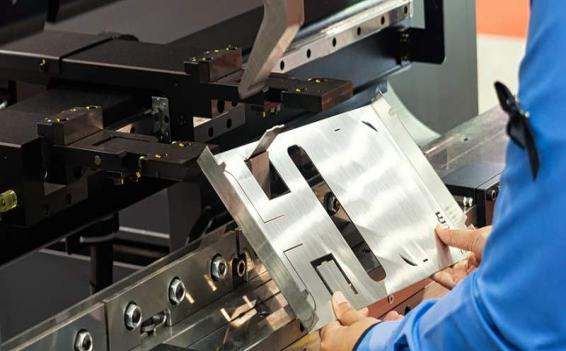
Sheet metal processing materials are diverse and play a crucial role in various industries. Their characteristics determine the performance and quality of the final products.
TOP Prototype’s expertise in handling these materials and its continuous pursuit of innovation have positioned it as a leader in the sheet metal processing field.
As technology advances, we can expect further developments in sheet metal processing materials, opening up new possibilities for more efficient and high – quality manufacturing processes.
The future will see more customized solutions based on the unique requirements of different industries, with TOP Prototype at the forefront of these advancements.


